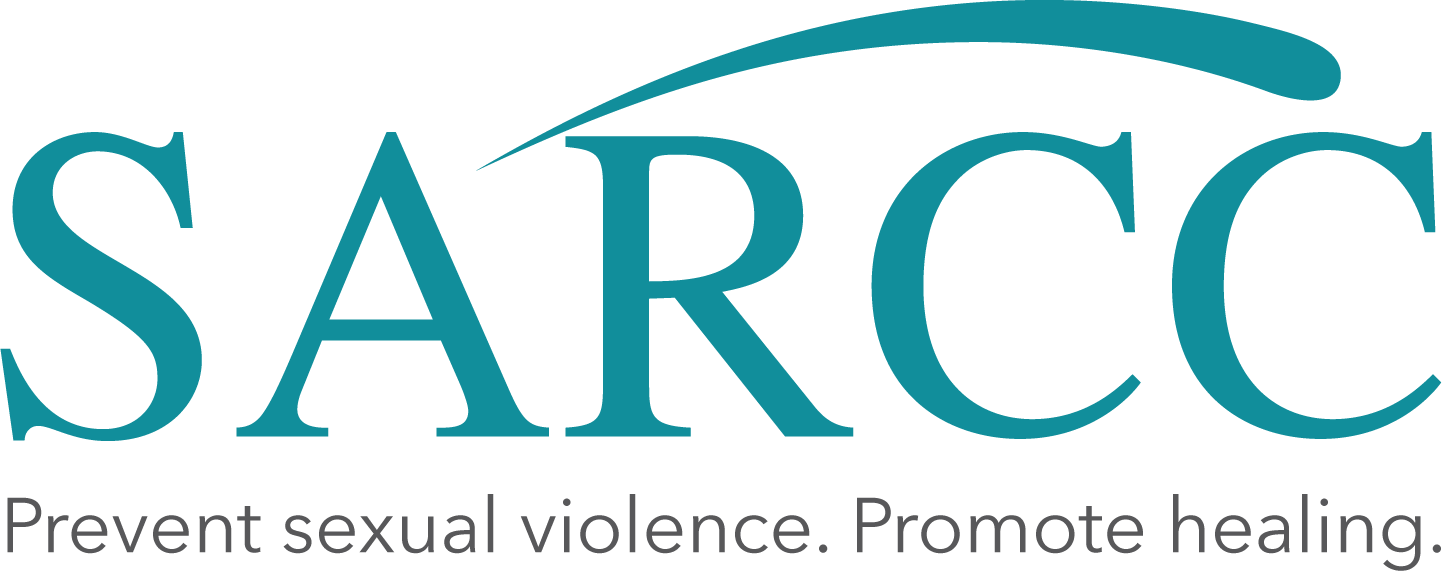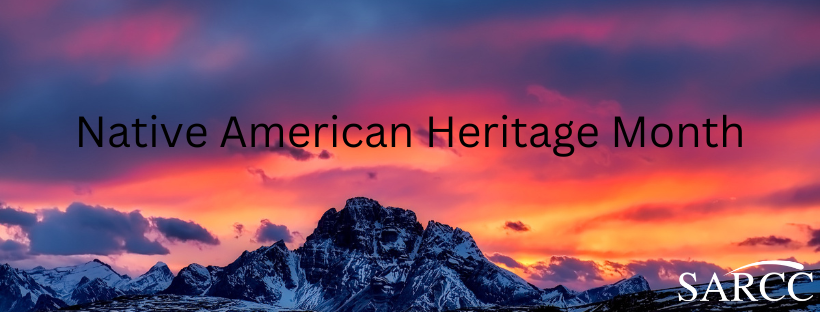November is Native American Heritage Month. Although Pennsylvania does not currently have a large living native population compared to some places in the western part of our country, it’s important to understand challenges specific to Native American people.
The U.S. federal government recognizes 574 Native American tribes. Many people have heard of larger tribes like the Cherokee Nation (ᏣᎳᎩᎯ ᎠᏰᎵ pronounced: Tsalagihi Ayeli) or Navajo Nation (Naabeehó Bináhásdzo), but there are hundreds of smaller communities as well. Even the term “Native American” could be debated, as the Indigenous population of the United States consists of a variety of tribes, languages, and cultures. It would be like saying Spain and Germany are the same just because they are both European countries.
What we have learned about native populations–if we learned anything–was either minimal or incorrect, and more than likely not from a source that represents the population. Whether it’s the story of the first Thanksgiving or the movie Pocahontas, these messages may have initially been well intended, but are incredibly inaccurate and harmful.
The topic of sexual violence and Native Americans is incredibly grim. Trafficking and colonization go hand in hand. 56.1% of indigenous American women have experienced sexual violence in their lives. Of women who have been sexually assaulted by a partner, 96% of women say their assault came from an interracial partner, compared to 21% of women who report to be abused by an indigenous partner (https://www.ojp.gov/pdffiles1/nij/249736.pdf). In an even more horrific fact, until recently, non-indigenous perpetrators were unable to be prosecuted for violent crimes against indigenous people committed on tribal land. 2013 opened the doors to a narrow set of defined crimes, but the most recent reauthorization of Violence Against Women Act (VAWA) finally gave tribal the ability to prosecute. In June 2022, a decision from the Supreme Court will now allow states to prosecute non-natives on tribal land–the fear of this from tribes, however, is that this could open the door to states trying to overstep tribal jurisdiction on designated native land.
Another violent epidemic amongst women is referred to as Murdered and Missing Indigenous Women, or MMIW. In 2016, there were 5712 reports of missing American/Alaska Indian women, but the Department of Justice missing persons database only listed 116 cases (https://www.nativewomenswilderness.org/mmiw). Many of these crimes are not investigated and/or prosecuted due to the lack of tribal resources, as well as jurisdictional conflicts.
How can we even start to be proactive in the conversation of the real story of American Indigenous people? I don’t know if many of us are the type that are able to sit down and read a non-fictional history book of atrocities. This is where we have to do some research and find the resources that best fit our needs. I made an unofficial pact to myself a few months ago to incorporate more BIPOC (Black, Indigenous, and People of Color) authors, artists, and social media creators in my life as a way to learn more about cultures and lifestyles I don’t know. For example, if you don’t like to read, then reading a book from a Choctaw Nation (Chahta Okla) author might not work for you. But if you love music, you might be interested to know that the Navajo Nation has a large heavy metal scene. While listening to a podcast or watching a movie will not solve every problem of oppression, it is a good stepping stone to help us gain awareness and find solutions that are accessible to us.
On a professional level, googling topics specific to your occupation and indigenous communities can be enlightening. For example, people working in the financial sector may be interested to know that some nations with profitable enterprises, like casinos, distribute a tribe-funded large payment to members when they turn 18. “The Big Money” sounds like a dream for most, but a large sum of money in the hands of a teenager frequently does not end well, especially for someone who is not well-versed in financial planning and has lived in poverty their whole life. It can also affect financial aid if they are looking to further their education. For people who work in healthcare, researching the impact of substandard healthcare for Native Americans is a good start; the average life expectancy for Native Americans is 5.5 years less than other Americans (https://www.ihs.gov/newsroom/factsheets/disparities).
Other ideas may include shopping at Native American owned businesses (https://www.insider.com/guides/beauty/native-owned-businesses) or researching what nations existed years ago in the places you frequent. https://native-land.ca/ has a great website that allows you to add an address to see whose land you are on. The popular “Stuff You Should Know” podcast did an easy to understand episode about land acknowledgements (https://www.iheart.com/podcast/105-stuff-you-should-know-26940277/episode/what-are-land-acknowledgments-96692940/ ). Check out https://www.goodgoodgood.co/articles/how-to-celebrate-native-american-heritage-month for an extensive list of ideas.
These solutions won’t fix all problems. It is difficult to learn the dark side of the stories we don’t want to hear, but it is also our first step in being aware of the impact of trauma on indigenous people and honoring the people who were here before us.
#counselorblog



